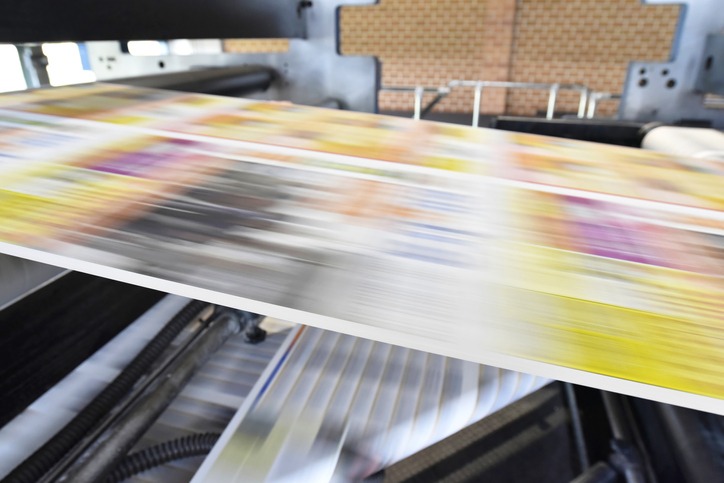
Political Direct Mail: Mailings, Printers and Mail Houses - What are they?
Getting your political direct mail out the door and into voters’ mailboxes can be a confusing process if it’s new to you (and frankly, even if it’s not so new to you). There are a lot of factors to wrap your brain around, such as the printer and the mail house to work with, the type of permit you can use to mail pieces, and the approval timeline you’ll have to meet to ensure your mail is arriving when it needs to.
If you’re running a campaign, working with a consultant can save you a ton of time in getting your direct mail designed and out the door with minimal headaches. Firms like ours have processes in place that allow us to plan and execute political direct mail programs quickly and efficiently. That said, it won’t make sense for every campaign to hire a consultant, so below, we provide an overview of the process of getting your pieces into mailboxes once your art is ready to go.
Printers and mailhouses: The first thing to know is that are two kinds of vendors associated with the direct mail production process: the printer and the mail house. While they may sound synonymous at first blush, these entities can actually provide very different sets of services. Sometimes the same vendor will provide both, but much of the time, they carry out separate duties.
The printer: A political printer does what you might intuitively expect them to do on their end of the direct mail production process: they take a piece that you’ve designed digitally and print a physical version of the art. When you send the printer your electronic art file, they mock up a print proof PDF for you to review before your piece goes to print. The proof is an exact mock-up of how the piece print and requires written approval on your end. This step gives you the chance to review how the visuals (such as the colors) look in case you want to make minor adjustments to the art. Usually, the printer has graphic designers on staff so that they can make necessary changes fairly quickly to avoid delays in the printing schedule. Once you’ve approved the printer proof, your piece is ready to be printed at the quantity you’ve budgeted for.
The mail house: on the other hand, a mail house is responsible for the important behind-the-scenes services that you may not even think about when you begin the political direct mail production process. Think of the mail house as the middleman between the printer and the mailbox. Once your piece is printed, the printer typically gets it to the mail house. The mail house then ensures that your piece is physically delivered to the right location(s) within a designated set of dates and at the most reasonable price.
Sorting your mail: An important function of the mail house is to ensure that your mail is carrier sorted. In other words, the mail house sorts the mail by carrier route so that the USPS doesn’t have to do it itself, allowing you to save time and money on postage pricing. The mail house will also help you with your data list to make sure that it is accurate and cost-efficient. For example, the mail house will de-dupe your data file, removing any duplicate records. They will also run an NCOA (national change of address) search on your list to ensure you are mailing to the correct households, and they can remove folks who have moved out of state who won’t be voting in your election. You should always explicitly ask for this. Additionally, the mail house will put tracking data on your political direct mail to help ensure the piece makes it to the designated mailboxes on time. After your political direct mail has dropped, they will send you copies of these tracking reports.
USPS compliance: Perhaps the most important function of the mail house, however, is its role in helping deal with the USPS compliance standards. Typically, the mail house has an indicia that they allow you to use, so that you pay them an initial postage cost directly. In turn, they deal with paying the USPS for the postage on your behalf. Moreover, mail houses are well-versed in the ever-changing USPS rules and regulations, so they are a handy resource if ever you question the specs of your political direct mail (such as whether your mail panel where the address will go is the right size and in the right place on your piece). Lastly, the mail house will identify the closest SCF facility so that once your pieces have printed, they can ship them to that facility and provide you with paperwork to prove the pieces reached the facility on time. This essentially allows you to skip a step in the USPS process so that your pieces get into the mail stream (and ultimately into voters’ mailboxes) more quickly.
Looking for more campaign and direct mail tips? Check out these best practices.